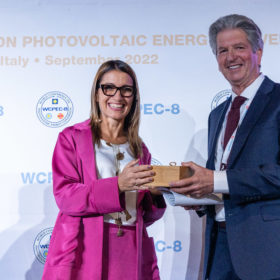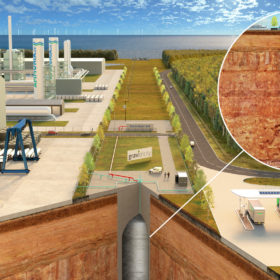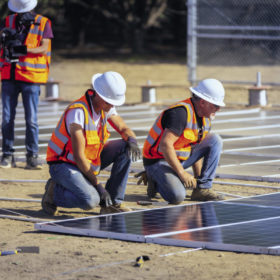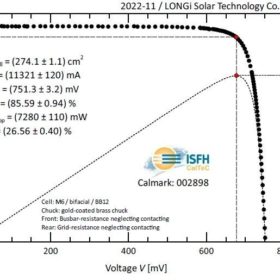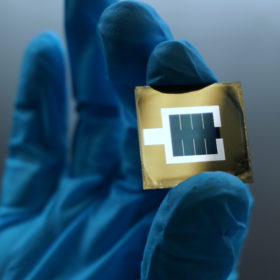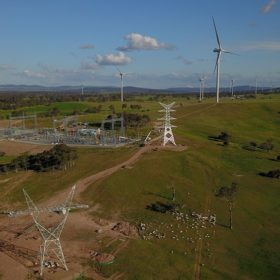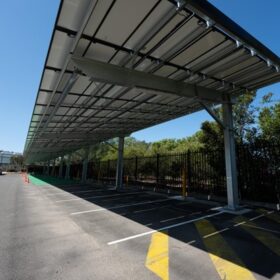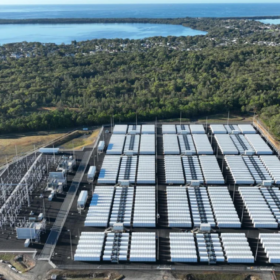Pioneering solar researcher hails funding ‘turnaround’
World-leading solar researcher UNSW Scientia Professor Martin Green says that PV research activities in Australia right across the value chain will be accelerated by the recent $41.5 million (USD 28.5 million) funding awards from the Australian Renewable Energy Agency. The funding will foster the development of ultra-low-cost solar by extending and expanding nine UNSW solar research programs.
Gravitricity to deploy prototype underground hydrogen storage system
Gravitricity, an Edinburgh-based storage specialist, aims to develop the first full-scale demonstration of its underground hydrogen storage solution by working with structural engineering contractor VSL Systems UK.
New electrolyser to split saltwater into hydrogen
Chinese scientists have developed a new way to split seawater into hydrogen without using a separate desalination process. They incorporated a self-breathable waterproof membrane and a self-dampening electrolyte (SDE) into the electrolyser, so water migrates from the seawater across the membrane to the SDE, without extra energy consumption.
US startup to build 100 MW solar plant with modules on ground
Erthos claims that with its new installation method, solar facilities could occupy just one-third of the surface covered by conventional PV plants, potentially reducing installations costs by up to 20%.
Ultra-low-cost solar research projects receive $41.5 million funding boost
The strength of applications for the Australian Renewable Energy Agency’s ultra-low-cost solar research funding round was so strong the agency had to add $1.5 million (USD 1.03 million) to its original allocation. The strength of competition pushed the process into 2023, but now the 13 research projects aiming to achieve ultra-low-cost solar have been awarded.
UNSW teams with Airbus to develop high-efficiency solar cells for space
Researchers from the University of New South Wales have been tapped to work with European space enterprise Airbus Defence and Space on a strategic research program to fast track the development of high-efficiency solar cells to be used in space.
BIPV shading estimation methods key for uptake, says IEA-PVPS
A recently published report from the International Energy Agency’s Photovoltaic Power Systems Programme on building integrated photovoltaics (BIPV) digitalisation found many industry professionals are unsure of a suitable method for estimating shading in BIPV projects.
Longi claims world’s highest efficiency for p-type, indium-free HJT solar cells
Longi said it has achieved a 26.56% efficiency rating for a gallium-doped, p-type heterojunction solar cell and a 26.09% efficiency rating for an indium-free HJT cell, both based on M6 wafers. Germany’s Institute for Solar Energy Research in Hamelin has confirmed the results.
Researchers achieved world record 32.5% efficiency for a perovskite tandem solar cell
A group of researchers from Helmholtz-Zentrum Berlin (HZB) has achieved a new world efficiency record for a silicon-perovskite tandem solar cell, with a certified efficiency of 32.5%.
Governments unite on $7.8 billion transmission investment
The federal and New South Wales governments have combined on a landmark $7.8 billion (USD 5.25 billion) investment to help finance the development of eight critical transmission and renewable energy zone projects as they look to accelerate Australia’s clean energy future.
